Do be prepared to spend an entire day in this area; as the area is just large and be ready for lots of walking!
The Palatine Hill is situated right above the Colosseum area; and you should be able to see it when you pass through the Arch of Constantine.
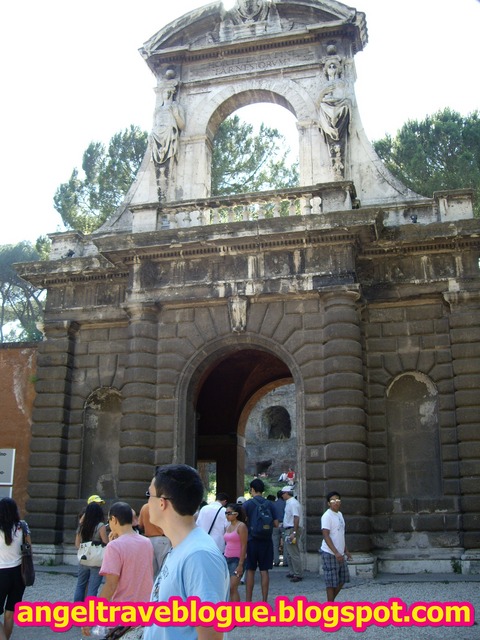

Wikipedia:
The Palatine Hill (Latin: Collis Palatium or Mons Palatinus) is the centermost of the Seven Hills of Rome and is one of the most ancient parts of the city. It stands 40 metres[1] above the Forum Romanum, looking down upon it on one side, and upon the Circus Maximus on the other.
It is the etymological origin of the word "palace" and its cognates in other languages (Italian "Palazzo", French "Palais" etc).
Upon passing the entrance, you will feel like you are walking through any park; as you will be greeted by gardens and steps leading to higher ground all over the place.
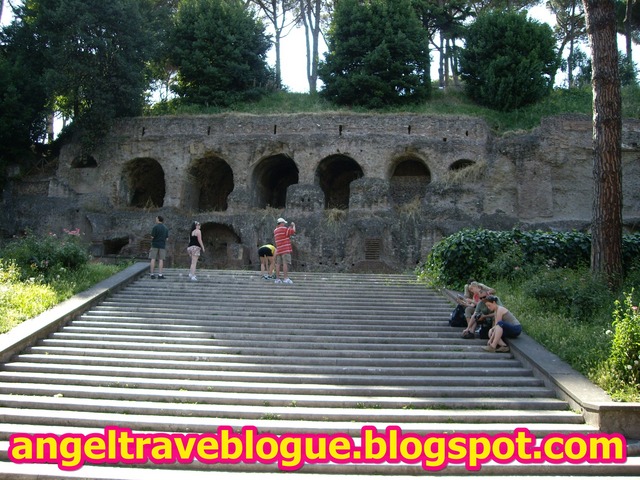
At the same time, you will be able to spot buildings and ruins along the way


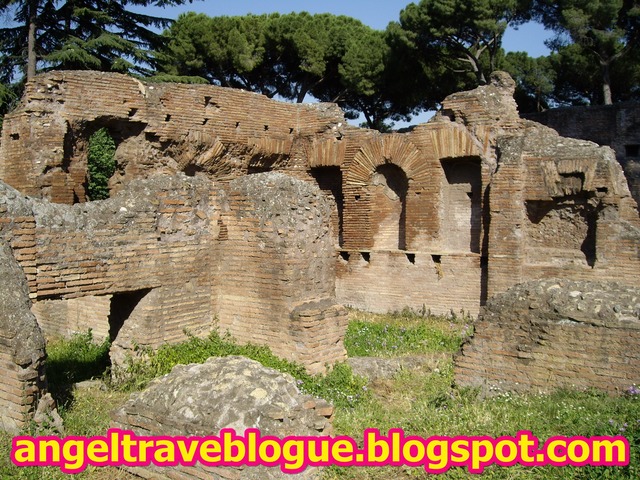

Wikipedia also states that there is a Flavian palace built on this ground; and indeed as you make your way through the huge grounds, you will see that it has the roadmap of a castle ground.
Wikipedia:
One building, believed to be the residence of Livia (58 BC – 29), the wife of Augustus, is currently undergoing renovation. Situated near to the house of Livia is the temple of Cybele, currently not fully excavated and not open to the public. Behind this structure, cut into the side of the hill, is the so-called House of Tiberius.
Overlooking the Forum Romanum is the Flavian Palace which was built largely during the reign of the Flavian dynasty (69 – 96) – Vespasian, Titus and Domitian. This palace, which was extended and modified by several emperors, extends across the Palatine Hill and looks out over the Circus Maximus. The building of the greater part the palace visible from the Circus was undertaken in the reign of the emperor Septimius Severus (146 – 211).
Immediately adjacent to the palace of Severus is the Hippodrome of Domitian. This is a structure which has the appearance of a Roman Circus and whose name means Circus in Greek, but is too small to accommodate chariots. It can be better described as a Greek Stadium, that is, a venue for foot races. However, its exact purpose is disputed. While it is certain that during the Severan period it was used for sporting events, it was most likely originally built as a garden shaped like a stadium. According to a guide from the Sopraintendenza Archeologica di Roma, most of the statuary in the nearby Palatine museum comes from the Hippodrome. (Domitian also built a larger stadium that was actually used for foot-racing competitions; it exists today as Piazza Navona, lo stadio di Domiziano.)
The Palatine Hill, and the Roman Forum beneath it, is now a large open-air museum and can be visited on the same ticket as the Colosseum. The entrance is on Via di San Gregorio, the street just beyond the Arch of Constantine, going away from the Colosseum.
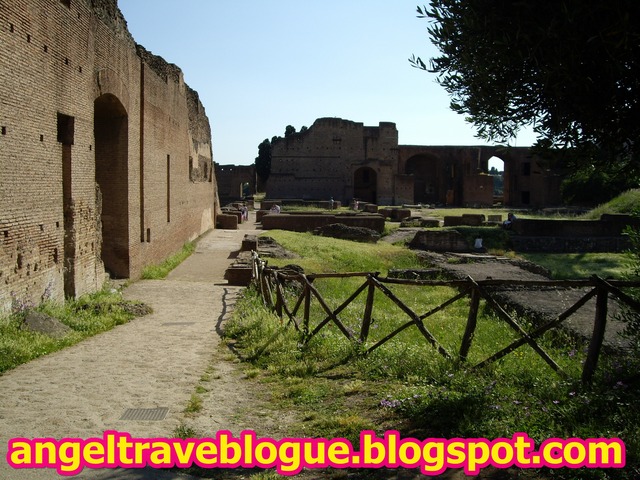
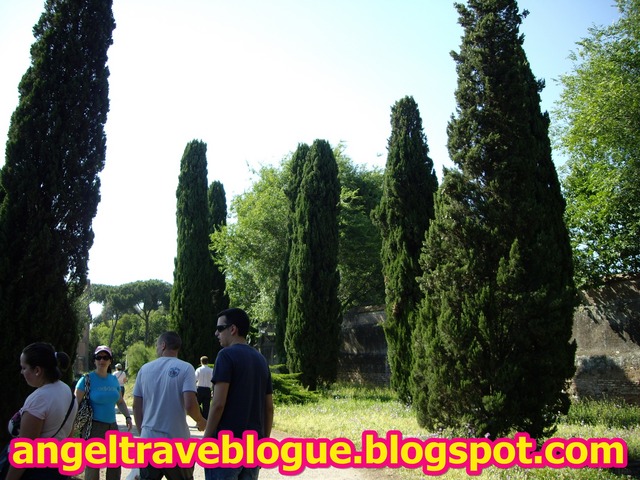


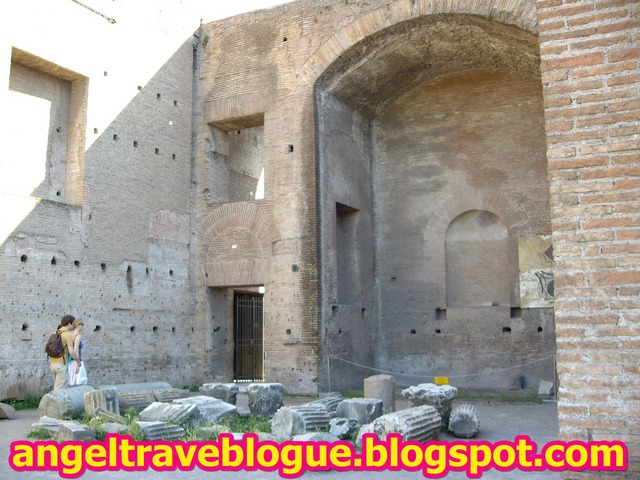
From the top of the hills, you can also enjoy a great view of the structures below; including the Arch and a glimpse of the town
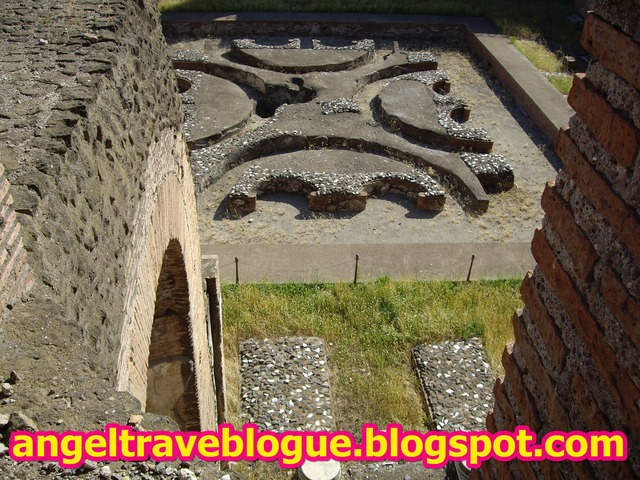

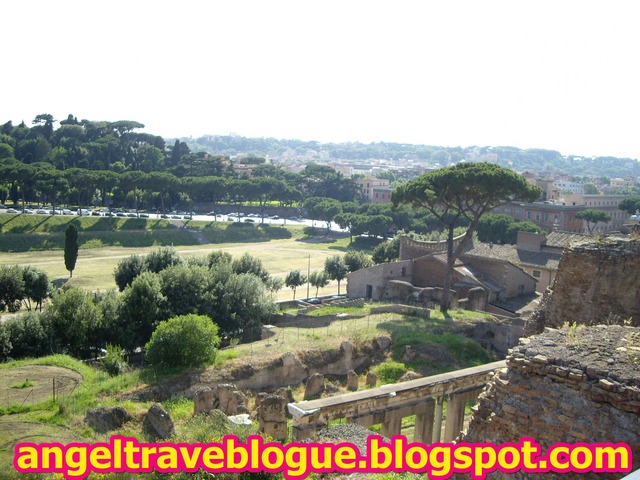
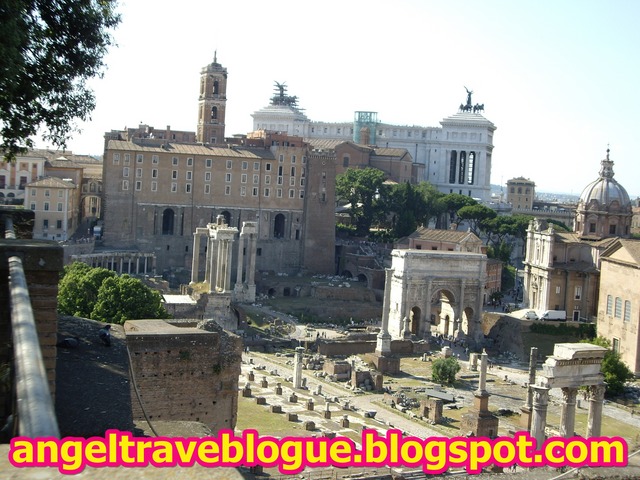

It was indeed a tiring walk over this whole area; in fact, this whole place is linked to the adjoining Pantheon (featured in Dan Brown's Angels and Demons).
It was not as near as it seems, and trust me, after the walks through this place, you will be exhausted to no end!

How lovely it is to see even the ruins of the mighty Roman Empire; which rung so loud in our history books!
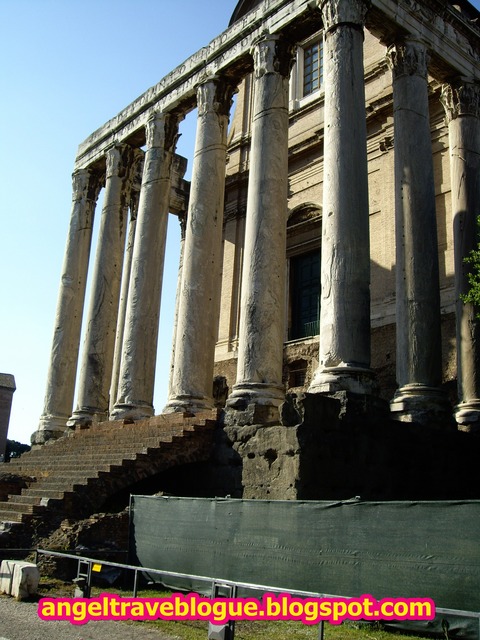
Stories were told of great and brave warriors, emperors and the historical events which were all related to this great kingdom; in awe by all around the world.


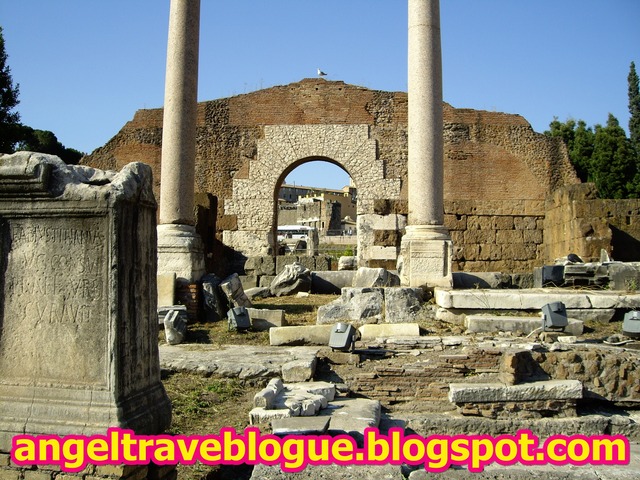


To me, it was like a dream come true to have stepped onto Roman soil and to see for myself the grand structures which I have come to read and seen so much in books; now in reality!

No comments:
Post a Comment